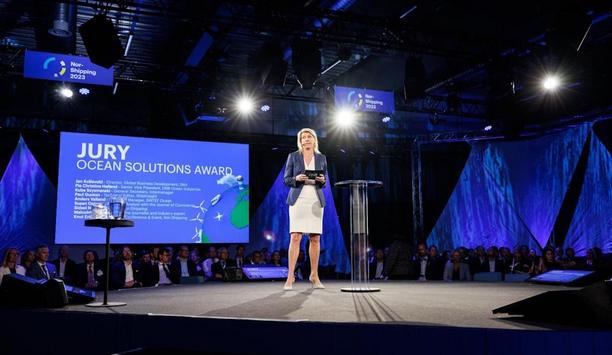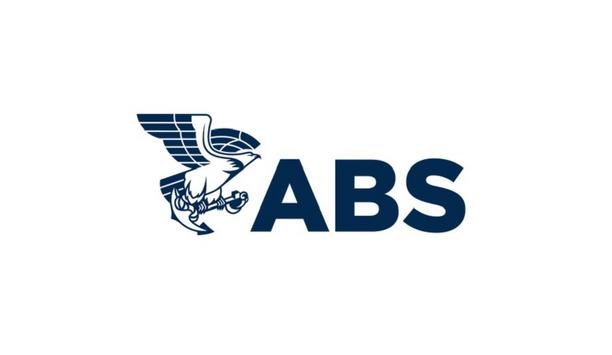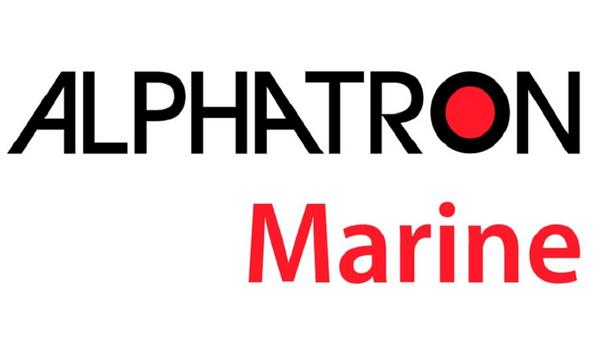ABS has published a new notation that enables containership operators to load an additional tier of containers on deck with reduced risk of loss due to parametric rolling.
CLP-V(PARR) combines the ABS Computer Lashing Program notation with mandatory Parametric Roll guidance to allow operators to optimise stowage and lashing of containers without loss of safety margin.
Flexible loading configurations
“Optimising container loading is key to efficient vessel operations but also has a foundational impact on safety, especially where container losses are concerned. This challenge has been addressed with the new notation,” said Christoph Rasewsky, ABS Global Container Sector Lead.
“Applying CLP-V(PARR) means that operators can achieve the most flexible loading configurations and stay within the required safety margin.”
Load reduction factors
CLP-V(PARR) employs a unique path to calculating load drop factors on clear routes
Integrated into a weather routeing program, CLP-V(PARR) provides operational guidance that can allow the loading of up to an additional 640 containers on a typical 15,000teu vessel (+4.4%) or up to 960 containers on a 24,000teu vessel (+4.6%).
CLP-V(PARR) employs a unique approach to calculating load reduction factors on specific routes and sections rather than on a complete voyage. By analysing sea conditions using wave scatter diagrams, carriers can apply more specific load reduction factors and reduce the risk of cargo loss from parametric rolling.
Benefit from higher loading capabilities
Operators now have a way to adjust loading according to the section of the route
Because expected sea conditions are different from leg to leg, lashing calculation reduction factors and physical stowage on containerships can be adjusted accordingly. Thus, operators now have a way to adjust loading according to the section of the route being sailed and benefit from higher loading capabilities as well as increased operational flexibility.
CLP-V(PARR) offers simple integration into existing processes and with commercially available voyage planning software. The notation can be used to illustrate the impact on the profitability of additional loading and the potential safety impact on making planned route diversions.
Forefront of providing classification
“ABS is working closely with voyage planning software developers to graphically visualise the parametric roll polar charts according to loading and weather conditions along the voyage,” said Peter Kim, ABS Senior Principal Engineer, Corporate Technology.
From the voyage of the first containership, Ideal X, in 1956, ABS has been at the forefront of providing classification and technical services for containerships operating around the world.












